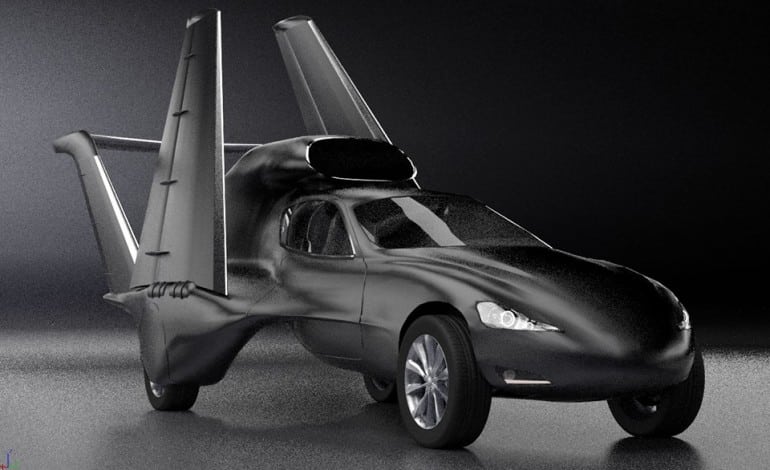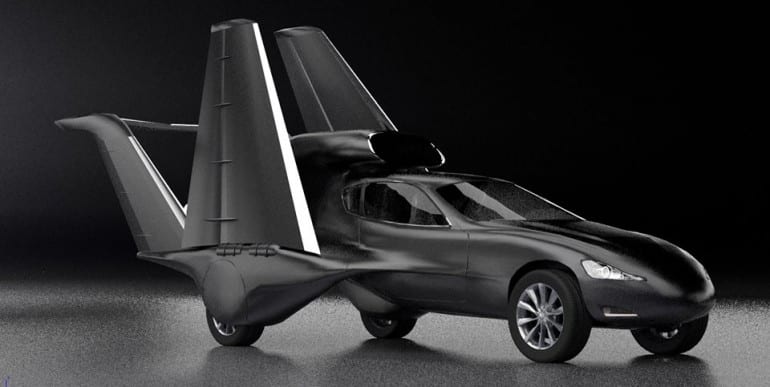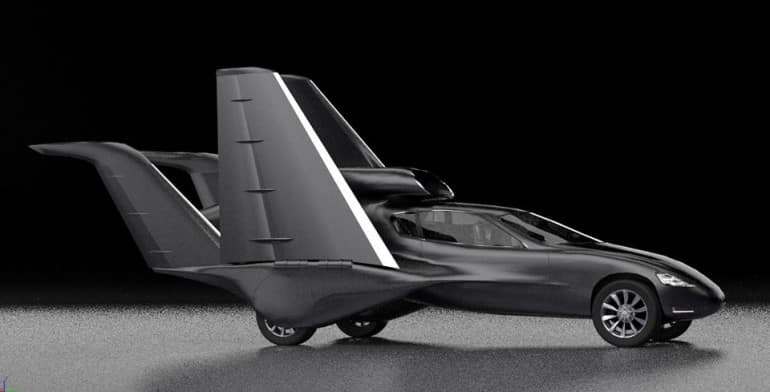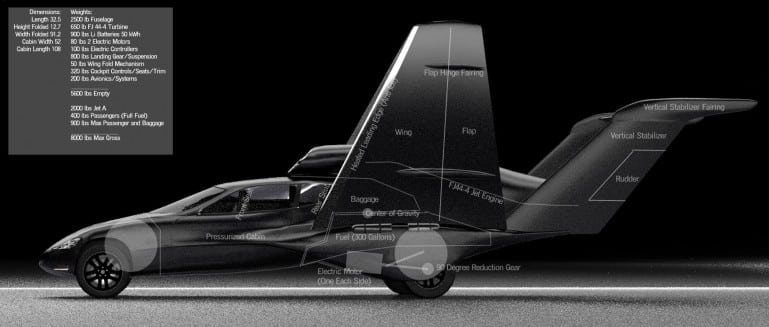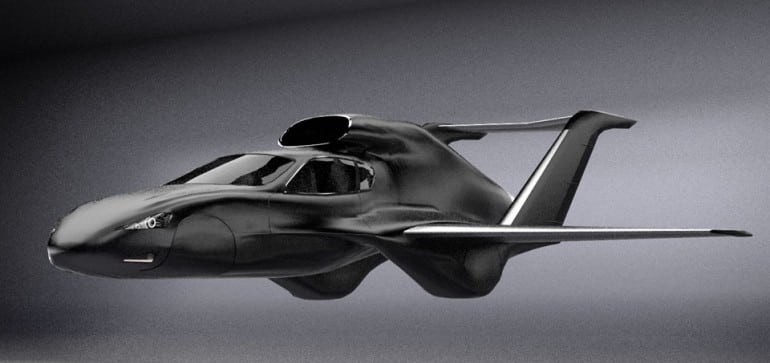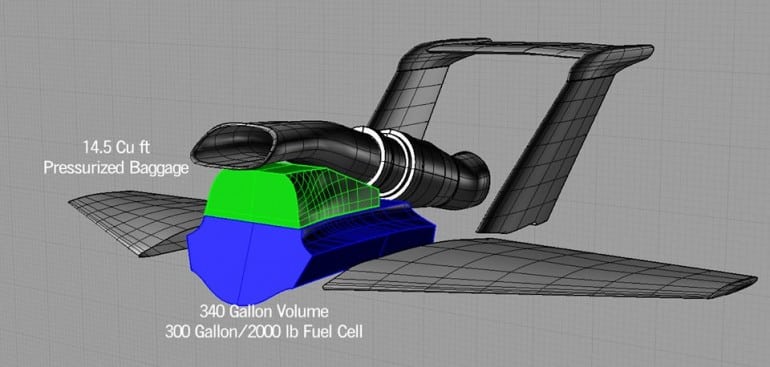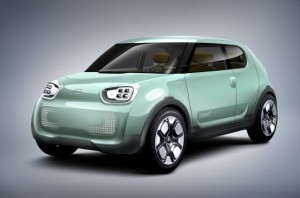Until now we have seen many conceptual cars that come with fabulous design and a lot of high-tech features. Besides, we have also seen TF-X, the very first flying car that needs no runway to take off. However, lately, it’s been hearing that round that Greg Brown and Dave Fawcett are working on a new conceptual car called GF7 that comes with fabulous design and a lot of high-tech features and will be able to fly in the air with a speed of 550 mph (885 km/h).
The designers have mentioned that GF7 is a four-seated passenger car. The car is able to run both on the ground and in the air. This conceptual car will come with a turbine engine in the 3,500 pound thrust class (at 375 mph, one pound of thrust equals one horsepower).
The GF7 has a pair of folding wings and will be propelled on the ground by an all-electric 50 kWh battery pack that can be recharged by the jet engine during flight. On the ground, the car run with a maximum speed of 100 mph (160 km/h). It can reach from 0-60 mph in less than 12 seconds (depending on fuel load).
On the other hand, in order to fly, the car extends its wings and use a 3,500-lb thrust jet engine. The car can go into air up to 38,000 feet (12,000 meter) from the ground with a maximum speed of 550 mph (885 km/h). The designers also claim that GF7 will also be able to run on electric charge. The designers hope, GF7 will be able to go 80-120 miles (129-193 km) with a single charge.
GF7 car designer Brown says, “The GF7 is designed to get above [the FAA rule of] 10,000 feet and the 250 knot (450 km/h) speed restrictions quickly, then accelerate rapidly to 350 knots indicated airspeed, and stay fast all the way to the destination. It’s about achieving high speed and connecting cities in a regional area such as San Jose, Las Vegas, and LA or Dallas, Houston, and Austin. The GF7 is designed for short legs, so we are targeting cruising altitudes below 28,000 ft (8,500 m).”
Brown also says, “The more we got into the systems the more we realized how complimentary they were. You can save jet fuel by using the electric motor to drive to the runway and start the turbine engine when you need it. The high torque electric motors assist the jet to accelerate for take-off reducing take-off roll – it will be like an afterburner take-off. Four wheels braking with large road tires reduces stopping distance, and the ample battery power makes for an excellent backup to support environmental and avionics systems in the air. To top it off, the turbine engine produces plenty of extra electrical capacity to charge the batteries.”
It is to be noted here that in order to take off and landing, GF7 would need a 2,500 ft (760 m) long runway. During take off and landing, it will have a speed of 90-110 knots (166-203 km/h). It is expected that on a full tank oil, the car can fly 700-1,000 miles (up to 600 km). The team hopes to have a flying prototype completed in about four years. The price of this car will be in between US$3-5 million.
Courtesy: Gizmag
[ttjad keyword=”auto”]

